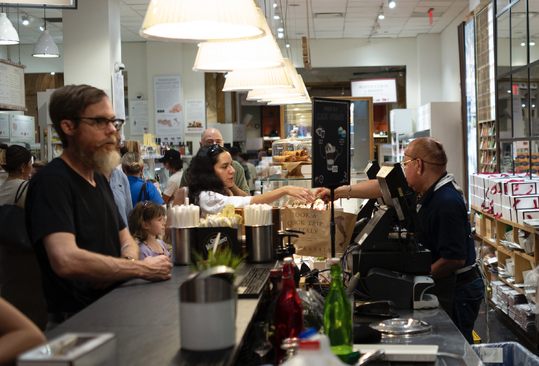
A key price gauge fell in June even as consumer spending advanced, pointing to a possible “soft landing” for the economy — in which successive interest-rate hikes slow inflation without causing recession. The Federal Reserve’s preferred price measure, excluding food and fuel, rose an annual 4.1% last month, after increasing 4.6% in May. Spending rose 0.4% last month, the most since January. The Employment Cost Index, meanwhile, showed wages increased an annual 4.5% in the last quarter, compared to 4.8% between January and March.
- The Fed, which raised interest rates for an 11th time on Wednesday, has maintained a 2% annual target for inflation.
By Cate Chapman, Editor at LinkedIn News

BY:







 A summary of the inflation data released this morning
A summary of the inflation data released this morning
Disinflation keeps equity markets on their positive path, but speed bumps may still lie ahead
This morning’s release of June’s Personal Consumption Expenditure (PCE) Price Index data is yet another signal that inflation remains on a downhill path, albeit at a measured pace. At 4.1%, year-over-year growth in core PCE prices (which exclude volatile food and energy costs) is at its lowest level since September 2021 (3.9%). (See chart)
While yesterday’s pullback in equity #markets indicated that stocks may have become technically overbought, their rebound in the wake of today’s PCE report suggests a high level of investor confidence that the end of the current rate cycle is imminent, and that the economy is likely to avoid a recession.
That said, despite an equities trajectory that appears to be “onward and upward,” key indicators like wage growth and a tight labor market remain inflationary — and highly influential on the Fed’s policy decisions. We’ll learn more about labor market conditions next week with the release of July’s JOLTs and nonfarm payrolls reports, which, if they fail to show signs of cooling, could inject a dose of volatility into markets.
With the S&P 500 currently within 5% of its all-time high, do you think the index can erase all of its rate-hike cycle losses by the end of the year?